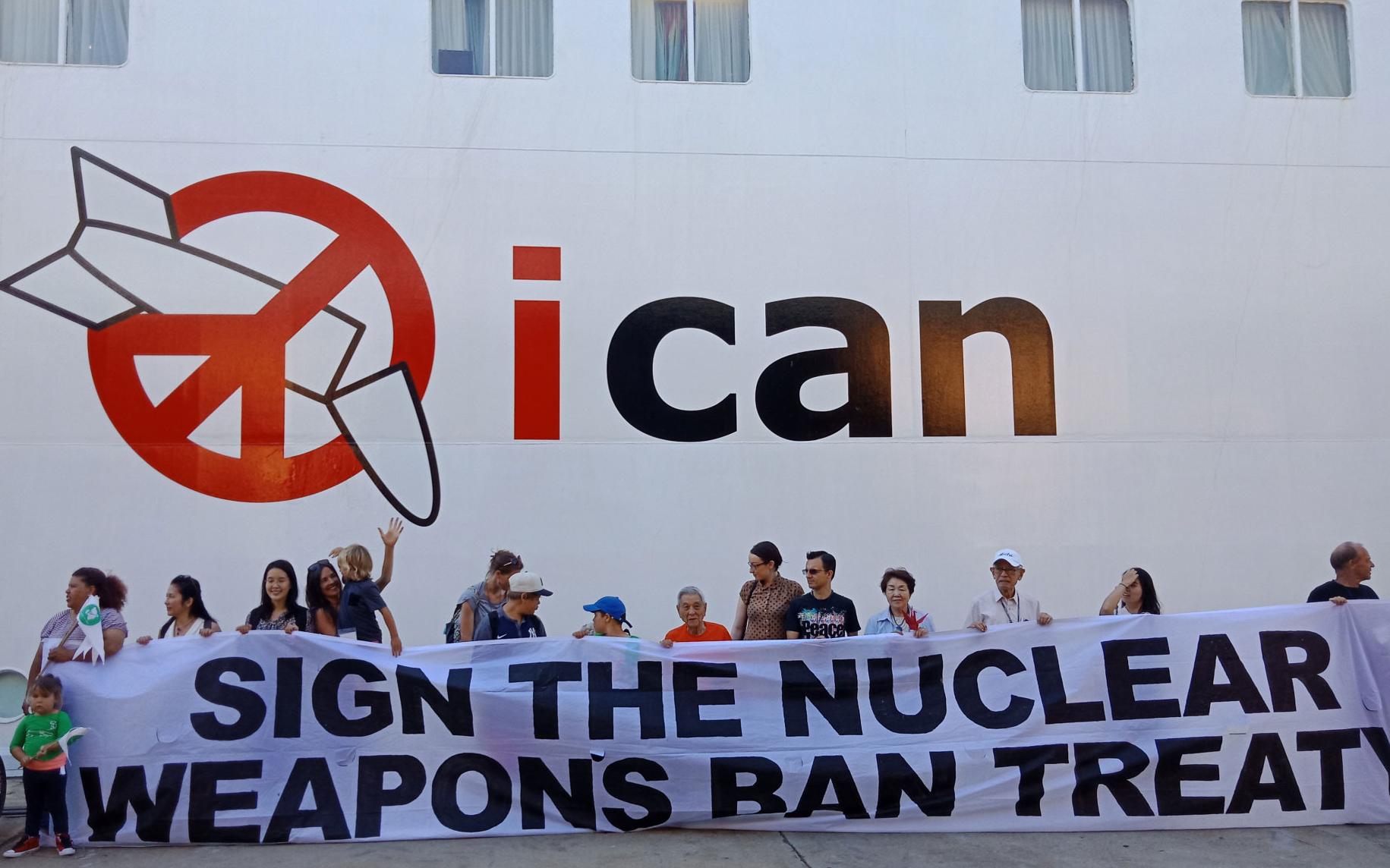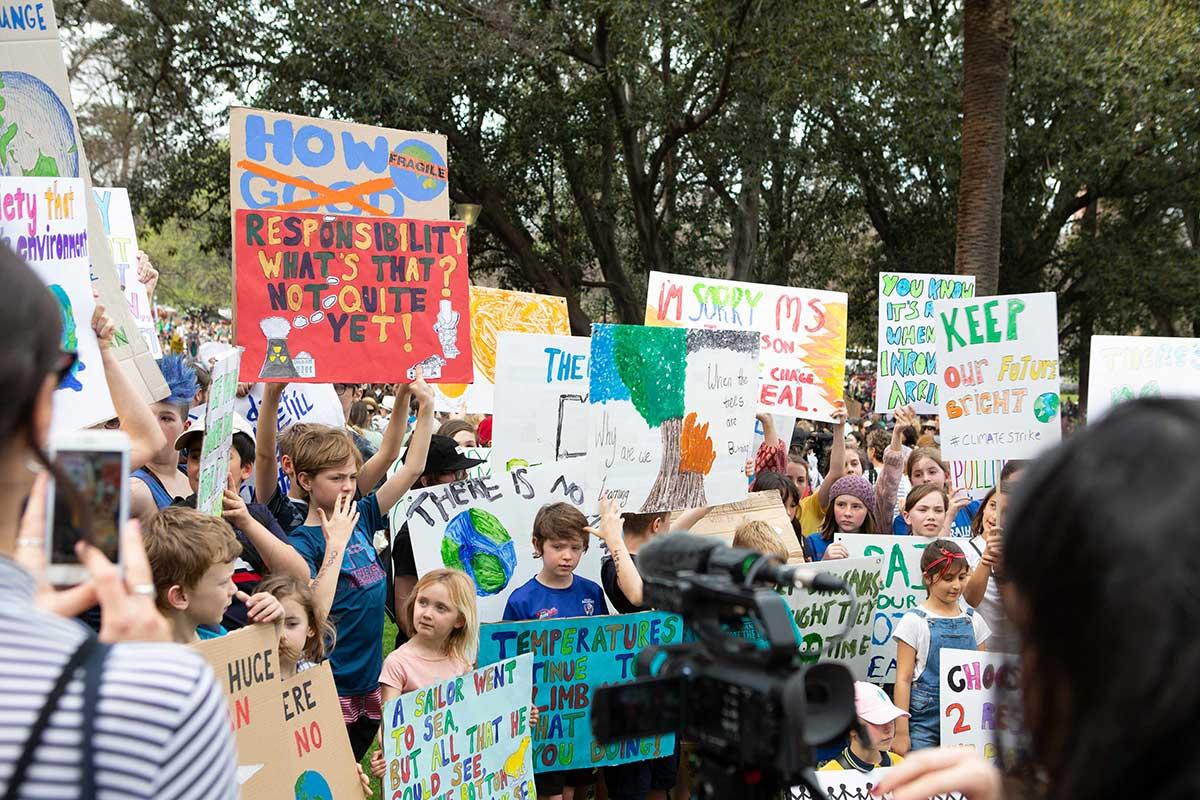Learning module:
Active participation Defining Moments
Bringing it together
Reflections: Active participation in Australian democracy

Active participation is a fundamental principle in a democracy. At the beginning of this learning module you looked at the steps that might be taken to protest and push for change, and how effective those steps might be.
In recent years some school students have been organising and taking part in climate change protests in Australia and in many other countries.
Read this article from 2019 about this example of active participation and then complete the questions that follow.
Across the globe, millions join biggest climate protest ever
Young and old alike took to the streets in an estimated 185 countries to demand action
Millions of people demonstrated across the world yesterday demanding urgent action to tackle global heating, as they united across timezones and cultures to take part in the biggest climate protest in history.
In an explosion of the youth movement started by the Swedish school striker Greta Thunberg just over 12 months ago, people protested from the Pacific islands, through Australia, across south-east Asia and Africa into Europe and onwards to the Americas.
For the first time since the school strikes for climate began last year, young people called on adults to join them — and they were heard. Trade unions representing hundreds of millions of people around the world mobilised in support, employees left their workplaces, doctors and nurses marched and workers at firms like Amazon, Google and Facebook walked out to join the climate strikes.
In the estimated 185 countries where demonstrations took place, the protests often had their individual targets; from rising sea levels in the Solomon Islands, toxic waste in South Africa, to air pollution and plastic waste in India and coal expansion in Australia.
But the overall message was unified — a powerful demand for an urgent step-change in action to cut missions and stabilise the climate.
Sandra Laville and Jonathan Watts, ‘Across the globe, millions join biggest climate protest ever’, Guardian, 21 September 2019, https://www.theguardian.com/environment/2019/sep/21/across-the-globe-mi…, viewed 1 September 2020
1. Below are some of the same actions that were listed in the ‘Dingo Reserve’ activity at the start of the learning module. As far as you are aware, which of these have been used by students in their opposition to climate change? If you don’t know you can select the ‘unsure’ option.
2. Did the students use any other forms of active participation to achieve their goals? If so list these.
3. Which of the types of active participation used by the students do you think have been the most effective so far? Explain your reasons
4. What does this example tell us about the way young people can participate in our democracy?
5. What does this example tell us about the strengths and weaknesses of movements and organisations for change?







